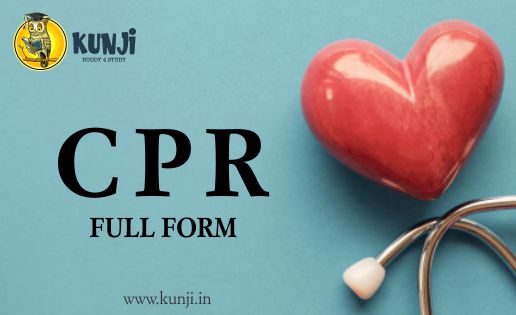
Every five years guidelines are updated with the most favorable research and science is developed into new teaching materials and techniques for rescuers. A bi-annual conference of CPR-related authorities is held to gather and review research in order to identify what works to improve cardiac arrest outcomes. Today, CPR guidelines come from a wealth of international resources. CPR certification is usually valid for 2 years before it expires.

At the end of a certification course students must pass a written exam and a skills test in order to receive a certification card. Practice on a CPR manikin is required for certification. Blended learning courses where students do the classroom portion online then meet with an instructor to practice and test are an available option to traditional classroom-based courses. CPR is taught by a certified instructor using lecture, demonstration and video examples to convey the necessary skills. Community rescuers start CPR when the victim isn’t breathing, a pulse check is not taught to the lay provider and tasks such a compressions and breathing are not shared.
#Cpr stands for how to
Health care providers share the tasks of rescue breathing and chest compressions they are taught how to use a bag mask ventilation device and for medical professionals, an assessment of the victim’s pulse is required to start compressions. CPR techniques for healthcare workers are slightly different than those for community rescuers. CPR certification is catered to two types of audiences: healthcare providers/professional emergency responders and the community or workplace responder. CPR techniques are updated based on the best resuscitation science with one goal in mind – increased survival of cardiac arrest.ĬPR certification is when a potential rescuer takes a CPR course and passes both a written and skills test in front of a certified CPR instructor.


1911, The Holder Nielson technique was described in the first edition of the Boy Scout Handbook which was very close to the Silvester Method but performed with the victim face down.Silvester where an unresponsive victim is laid on his or her back, and the arms are raised above the head for inhalation and then pressed against the chest for expiration of breaths at a rate of 16 times per minute. Late 19 th Century, The ‘Silvester Method’ is described by Dr.Physicians were trained with close-chest message and that became the beginnings CPR training. In 1957 Peter Safar published, “The ABC of Resuscitation” which is said to be the foundation for public CPR training. Peter Safar went on to invent mouth-to-mouth resuscitation. In the 1950’s scientific proof was provided that mouth-to-mouth breathing is sufficient to maintain oxygenation because there is enough oxygen in our exhaled breath to keep someone alive. A bit more recently though, the CPR we know today began to take shape. Frederick Maass, and then in 1903 external chest compressions were used successfully by Dr. In 1891 the first use of chest compressions was documented by Dr. Unfortunately, not much occurred for about the next couple hundred years. ii,iii Other pre-CPR techniques came along from different water-based clubs around the globe with names like the “Society for Resuscitating the Drowned” and the “Society for the Recovery of Persons Apparently Drowned.” These societies were able to significantly reduce drowning deaths in their areas with rudimentary techniques.
#Cpr stands for manual
Other recommendations included warming the victim, positioning the head to let fluids drain, and manual pressure to the abdomen (along with some rectal or oral fumigation with tobacco and some bloodletting). The origins of CPR can be traced back almost 300 years when the Paris Academy of Sciences and the Society for Recovery of Drowned Persons in Amsterdam officially recommended mouth-to-mouth resuscitation for drowning victims. Corporate Care Training CPR AED First Aid Certification.CPR, AED and First Aid Instructor Training Courses.CPR, AED and First Aid for Childcare Providers.


 0 kommentar(er)
0 kommentar(er)
